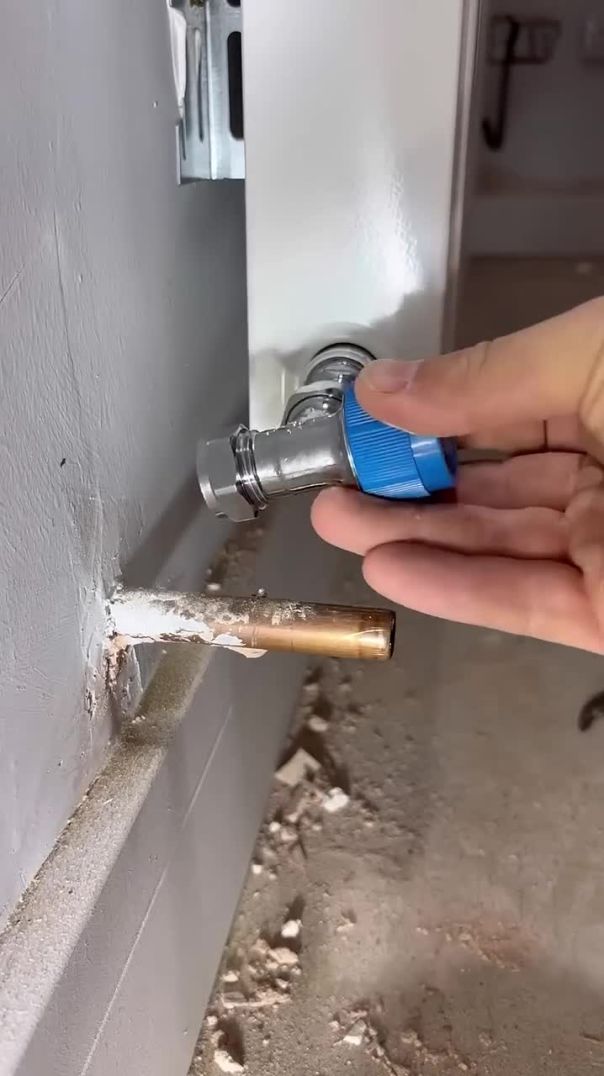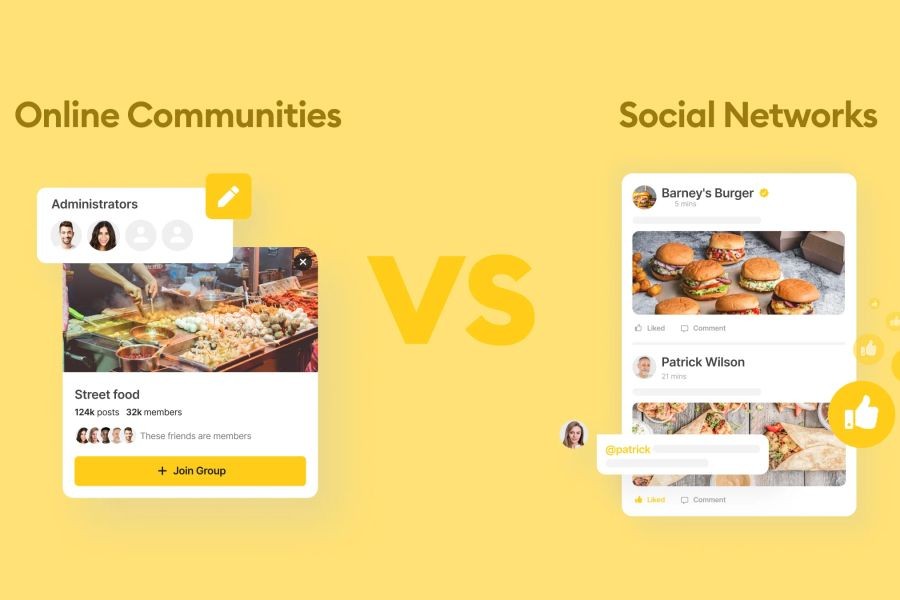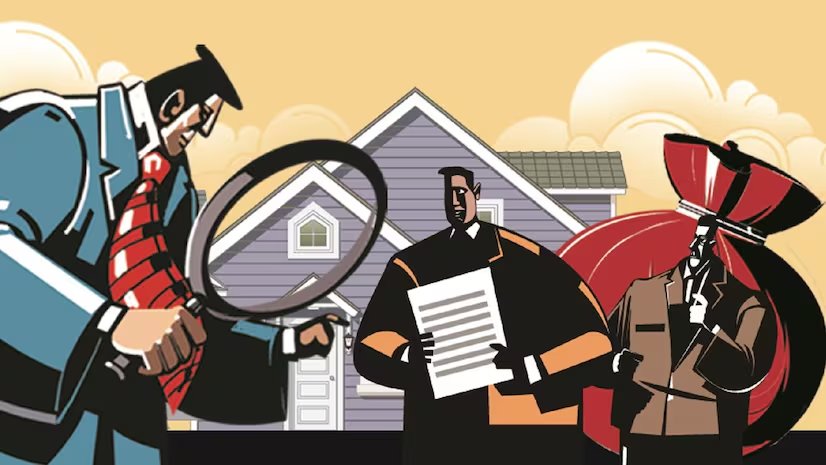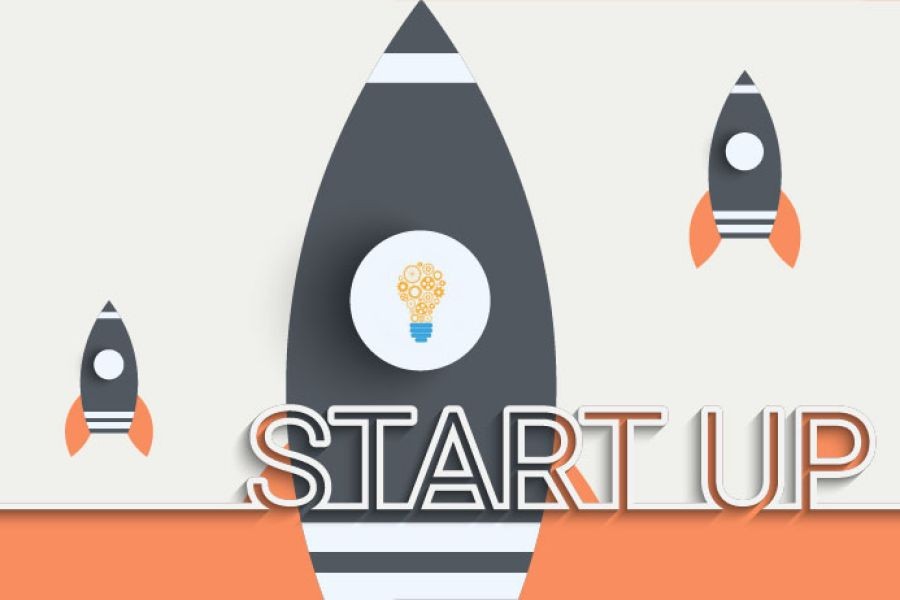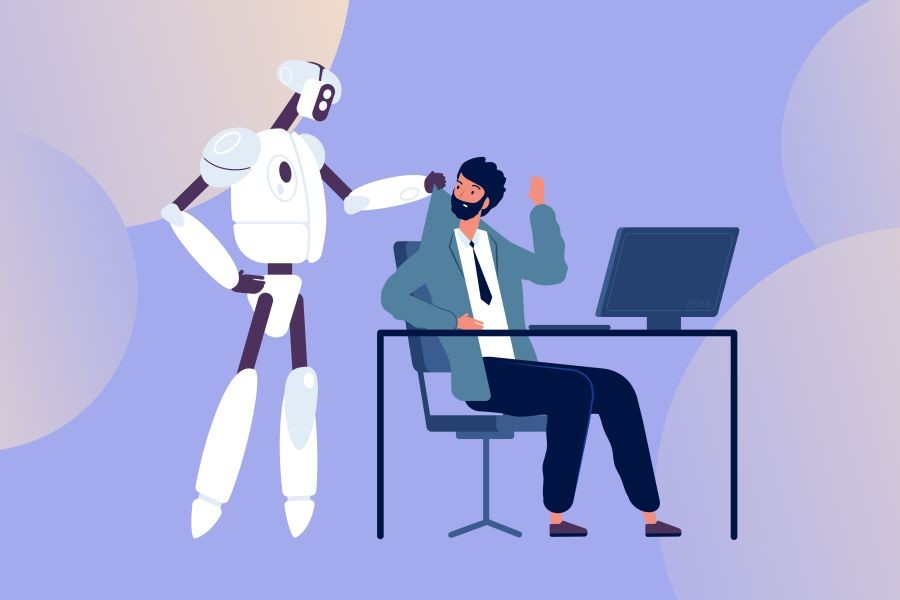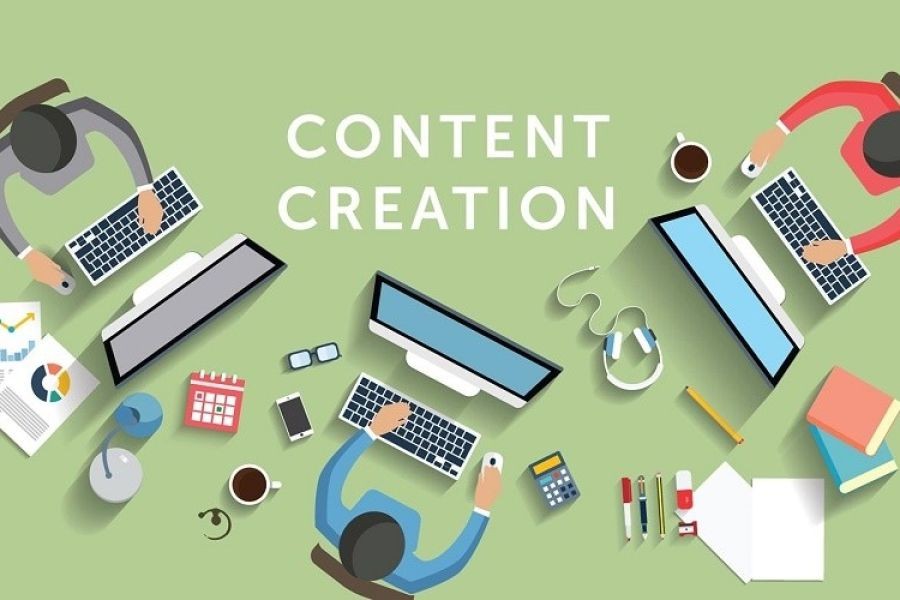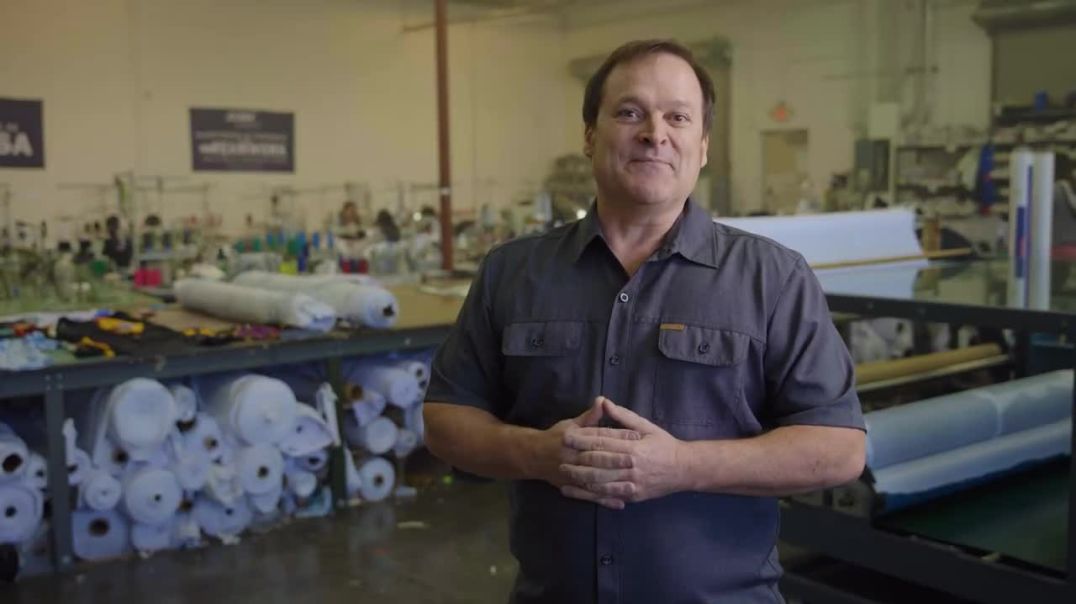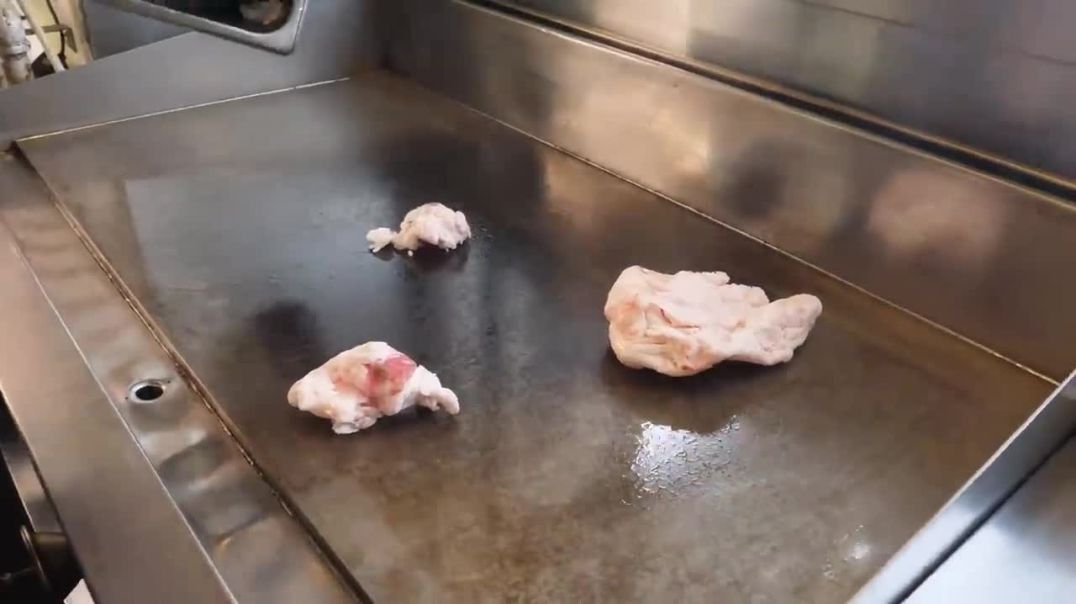In an era where technology perpetually evolves, the issue of electronic waste, or e-waste, has emerged as a significant environmental challenge. Did you know that New Zealand generates an estimated 20 kilograms of e-waste per person annually? This statistic not only places New Zealand among the higher e-waste producers globally but also highlights the urgent need for sustainable disposal practices. As healthcare consultants, understanding the implications of e-waste in New Zealand is vital—not only for environmental reasons but also because of the potential health risks posed by improper disposal. Let's delve into the complexities of e-waste disposal in New Zealand and discover how we can contribute to a healthier planet and population.
Understanding E-Waste: A Growing Concern
E-waste encompasses discarded electronic devices such as computers, smartphones, and household appliances. These items contain hazardous materials like lead, mercury, and cadmium, which can leach into the soil and water if not disposed of correctly. According to the Ministry for the Environment, New Zealand's e-waste is projected to reach 100,000 tonnes annually by 2030 if current trends continue. This alarming prediction calls for immediate action and awareness.
The Environmental and Health Impacts of E-Waste
Improper disposal of e-waste can lead to severe environmental degradation and health issues. Toxic substances from e-waste can contaminate groundwater, affecting both human health and ecosystems. A study by the University of Auckland found that communities near informal e-waste recycling sites experienced higher incidences of respiratory and skin diseases. For healthcare professionals, this underscores the importance of advocating for safe e-waste disposal to mitigate public health risks.
Pros and Cons of Current E-Waste Disposal Methods
Pros:
- Recycling Programs: New Zealand has established various recycling programs, such as eDay, which diverted over 1,000 tonnes of e-waste from landfills in its first year. These programs promote environmental sustainability and resource recovery.
- Job Creation: Recycling initiatives create employment opportunities in the green economy sector, contributing to both economic and environmental well-being.
- Corporate Responsibility: Companies like Noel Leeming have introduced take-back schemes, encouraging consumers to return old electronics for recycling, thereby reducing e-waste.
Cons:
- Limited Awareness: A 2023 survey by the Ministry for the Environment revealed that only 40% of Kiwis are aware of proper e-waste disposal methods, limiting the effectiveness of existing programs.
- High Costs: The financial burden of recycling e-waste can be high, especially for small businesses and local councils.
- Regulatory Gaps: New Zealand lacks comprehensive e-waste legislation, which hinders the development of standardized disposal practices across the country.
Case Study: The Christchurch Success Story
Problem: Christchurch faced significant e-waste challenges following the 2011 earthquake, as damaged electronics contributed to the mounting waste problem.
Action: The Christchurch City Council partnered with local businesses and non-profits to launch a community-focused e-waste recycling initiative. They implemented collection points across the city and ran awareness campaigns to educate residents about the importance of proper e-waste disposal.
Result: Within two years, the initiative successfully diverted over 500 tonnes of e-waste from landfills. This effort not only alleviated environmental stress but also created over 100 jobs in the recycling sector.
Takeaway: The Christchurch model demonstrates the power of community collaboration in tackling e-waste issues. Healthcare consultants can advocate for similar initiatives to promote public health and environmental sustainability across New Zealand.
Debunking Common Myths About E-Waste Disposal
Myth: "E-waste can be safely disposed of in regular trash bins." Reality: E-waste contains toxic substances that require specialized recycling processes to prevent environmental contamination and health hazards.
Myth: "Small electronics don’t contribute significantly to e-waste." Reality: Small electronics, such as smartphones, contribute significantly to e-waste volume due to their short lifespan and rapid obsolescence.
Myth: "Recycling e-waste is too costly and not worth the effort." Reality: While recycling can be costly, the environmental and health benefits far outweigh the expenses. Moreover, technological advancements are making recycling more cost-effective.
Steps to Responsible E-Waste Disposal in New Zealand
- Identify Local Recycling Options: Utilize resources like the Recycling Directory to find authorized e-waste recyclers in your area.
- Participate in Take-Back Programs: Engage with retailer take-back schemes offered by companies such as Noel Leeming and Harvey Norman.
- Organize Community Collection Events: Collaborate with local councils and organizations to host e-waste collection days, increasing community awareness and participation.
- Educate and Advocate: Raise awareness about the importance of e-waste recycling within your community and professional networks.
Future Trends in E-Waste Management
As New Zealand continues to grapple with e-waste challenges, emerging trends and technologies offer hope for more effective management solutions. The adoption of circular economy principles, which focus on reducing, reusing, and recycling materials, is gaining traction. According to a 2024 report by MBIE, implementing these principles could reduce e-waste by 30% by 2030. Additionally, advancements in recycling technology, such as automated sorting systems, promise to increase efficiency and lower costs.
Conclusion: Taking Action for a Sustainable Future
Addressing e-waste is not only an environmental imperative but also a public health necessity. As healthcare consultants, we have a unique opportunity to advocate for responsible disposal practices and educate our communities on the importance of sustainable e-waste management. By participating in local initiatives, supporting recycling programs, and promoting awareness, we can contribute to a cleaner, healthier New Zealand.
What steps will you take to address the e-waste challenge? Share your thoughts and join the conversation on sustainable solutions for our future!
People Also Ask
- How does e-waste impact businesses in New Zealand? NZ businesses leveraging e-waste recycling report 25%+ higher customer retention, according to a Stats NZ report. Adopting this strategy can enhance engagement and revenue.
- What are the biggest misconceptions about e-waste disposal? One common myth is that all e-waste can be disposed of in regular trash. However, research from the University of Auckland shows that proper recycling is crucial to prevent environmental harm.
- What upcoming changes in New Zealand could affect e-waste management? By 2026, policy updates in the waste management industry could shift the e-waste landscape—stay ahead by adopting circular economy principles.
Related Search Queries
- How to recycle e-waste in New Zealand
- Best e-waste disposal methods in NZ
- Environmental impact of e-waste
- New Zealand e-waste statistics 2023
- E-waste recycling companies in Christchurch
- Legislation on e-waste in New Zealand
- Health risks of e-waste
- Future trends in e-waste management
- Circular economy and e-waste
- Community e-waste initiatives in NZ



